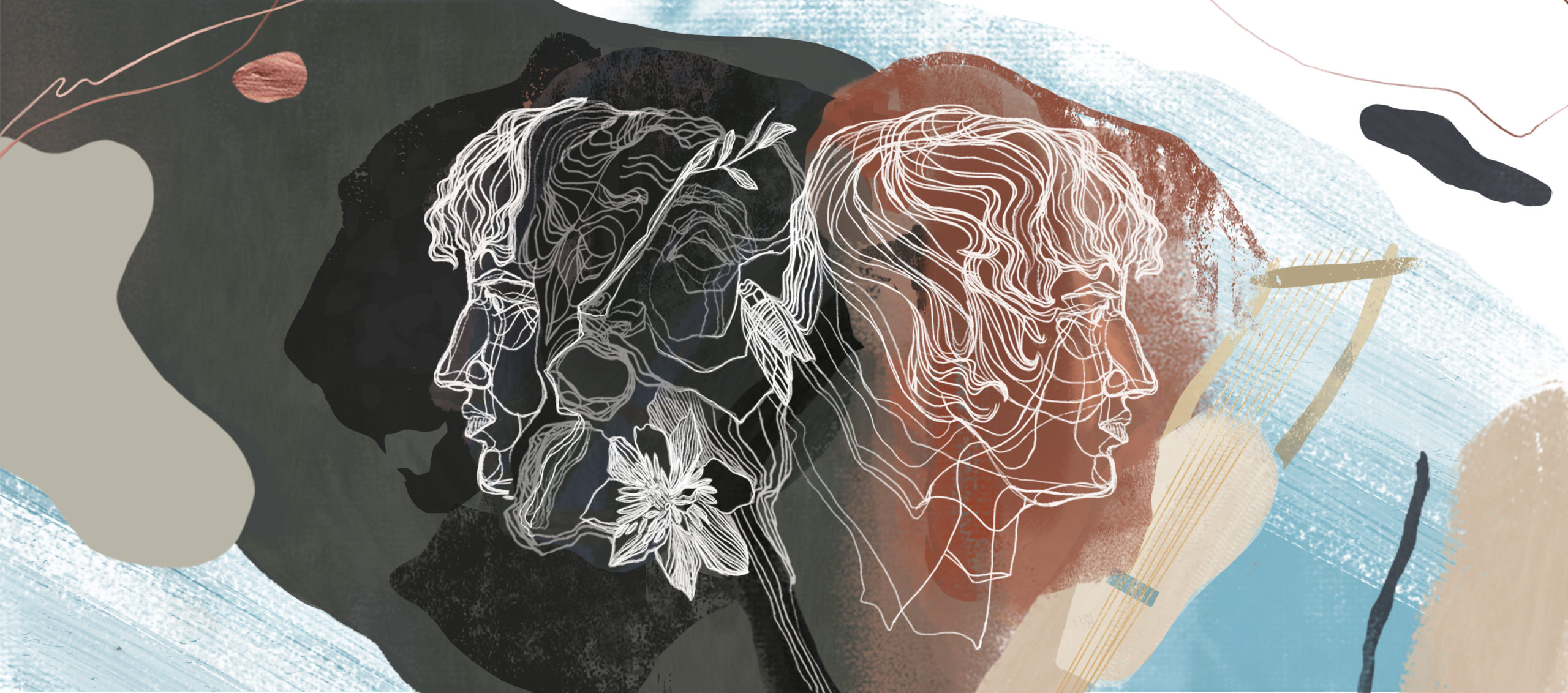(N.B. This entry follows from the previous one, titled: “An Existentialist Approach to Extra-Modern War”) Pierre Clastres states that “primitive societies […] invest themselves totally in their religious and ritual life, which unfolds as a continuously repeated affirmation of the communal Self,” and hence that “[e]ach ceremony is a new opportunity to remember that if…
Author: polymorph
“We Fight Because We Die” (II): An Existentialist Approach to Extra-Modern War
(N.B. This entry complements the previous one, titled “We Fight Because We Die” (I): On Extra-Modern War as a Question of Social Logic.”) We die. It can hardly be minimised. Thus the common ancient-Greek terms for men: θνητοί, “mortals.” During the opening seconds of Robert Gardner’s beautiful ethnographic film, Dead Birds (1964), the camera follows…
“We Fight Because We Die” (I): On Extra-Modern War as a Question of Social Logic
In Chapter 11 of Archeology of Violence, subtitled “War in Primitive Societies” – the term “primitive” has different connotations in French than it has in English: it means something like “original” or “primordial” in the Rousseauian sense, which is overtly non-evolutionist – Pierre Clastres begins by tracing a sharp contrast between two phenomena, namely, the…
Mythology’s Oblivion
An epoch – any epoch – can be assessed by both the quantity and the quality of its gods. Christianity has accustomed us to imagine a single god: an all-powerful Father as the hypostasis of human hope; and once that god has been declared dead, the two only gods we still seem capable of evoking…
Cannibalism as a Total Social Fact
1 “The power to change form – power over the image – can be seen as the ultimate realisable power in a society dominated by consensual (visual) image,” writes Roy Wagner.(⊛) By “consensual (visual) image” Wagner means what is commonly (and poorly) known as “tradition.” Take, for example, any extra-modern ritual: on the day in…
An Eternally-Recurrent Déjà-Vu (travelling to St. Petersburg)
In The Aleph Borges distinguishes two types of labyrinth: (1) the palace with its madly intertwining corridors and (2) the desert with its not-less disquieting, confusing boundless-ness. But he makes such distinction only to add a third and even-more-perplexing type: (3) the endless book whose first page is mysteriously renewed each time the book itself…
Bodies, Ghosts, Ancestors
It is tempting to view Plato’s tripartite division of the soul in Phaedrus 245c–253e as an instantiation – whose conceptual complexity is easily overlooked when the image it conveys is turned into a myth in the modern sense of the term, i.e. into an object of belief – of what we have called a semiotic…
Diagrams as Figures of Thought (a game)
In a “Klein bottle,” container and content become indiscernible from one another, and so their difference becomes iridescent (i.e. when look from different perspectives, each one seems to change into the other): Diagrams are perfect examples of “Klein bottles,” for they consist in turning conceptual content into visual form, which is also the reason why…
Meaning: From Plato to Kant, Merleau-Ponty, and Wittgenstein
Consider the following image: The figures in it represent what language says, i.e. such or such words (“bird,” “snowflake,” “tree,” “mountain”),(⊗) whereas the ground (the white space inside the square) stands for the dimension that makes meaningful what language says. By the “dimension that makes meaningful what language says” we do not mean a word’s…
Enigma and Early Greek Thinking
People say that [Homer] died on the island of Ios when he found himself undone because he could not solve the riddle of the fishing boys. The riddle was: “We left whatever we caught and carry whatever we didn’t”. They were obscuring in riddle the fact they actually had discarded whichever of the lice they…
